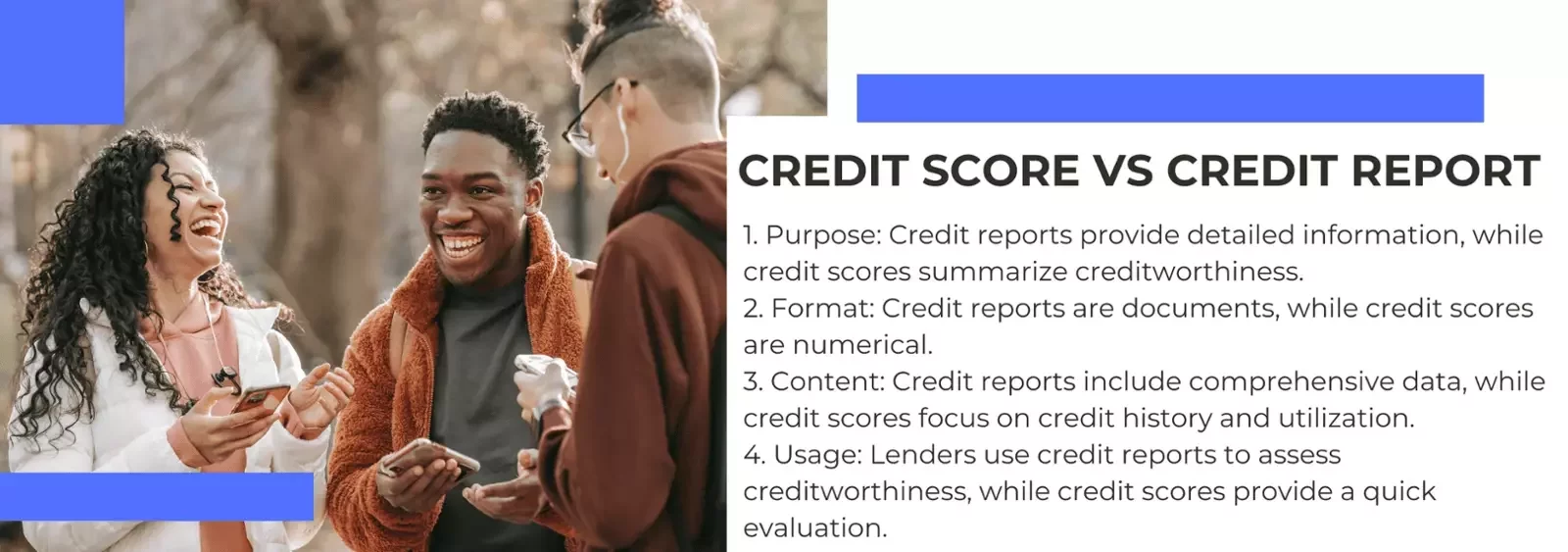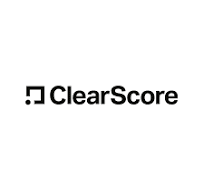

Your financial reputation is built on two fundamental pillars: your credit score and your credit report. While often used interchangeably, these two terms represent distinct aspects of your financial health.
Your credit score is a three-digit number that summarizes your creditworthiness, while your credit report is a detailed document outlining your credit history, including payments, debts, and credit inquiries.
Understanding the difference between these two essential tools is crucial for managing your finances effectively, securing loans and credit, and achieving long-term financial goals.
Why not invest for large purchases? Chat to our AI Financial Guru, M.A.L.I and receive calculations and tips.
What is a credit score?
A credit score is a three-digit numerical representation (between 300 and 999) of an individual’s or business’s credit history and repayment behavior. It predicts the likelihood of repaying debts on time.
Information Used to Calculate Credit Scores:
1. Payment history (40%): On-time payments, late payments, and defaults.
2. Credit utilization (30%): Credit limit usage, outstanding balances, and credit mix.
3. Credit history length (15%): Age of oldest account, new accounts, and credit mix.
4. Credit mix (10%): Variety of credit types (e.g., credit cards, loans, mortgages).
5. New credit (5%): New accounts, inquiries, and credit applications.
Credit score influences:
Loan and credit applications, Interest rates offered, Credit limits, Credit card approvals, Mortgage and rental applications, Cellphone contract approvals, Insurance premiums
Credit scores typically update monthly, but can change more frequently if lenders report to credit bureaus more often.
Score Ranges:
Excellent: 750-999
– Low risk
– Eligible for best interest rates
– High credit limits
Good: 650-749
– Moderate risk
– Competitive interest rates
– Reasonable credit limits
Fair: 550-649
– Higher risk
– Higher interest rates
Poor: 450-549
– High risk
– Higher interest rates
– Limited credit options
Bad: 300-449
– Very high risk
– High interest rates
– Limited credit access
To improve or maintain your credit score:
Active accounts: The number of accounts linked to your credit profile. These can be store accounts, credit cards, loan accounts or insurance accounts.
Credit usage: The amount of available credit you have used. Keep your credit usage below 50% to maintain a healthy credit profile.
On-time payments: The percentage of payments made by their due date. Making payments on time helps boost your credit profile.
Average age of credit: Based on all the accounts linked to your credit profile. Older accounts are better for your credit profile.
Monthly enquiries: These are made by companies when you apply for credit. Be selective with the credit you apply for to keep this number low.
Public records: This includes negative marks made on your credit profile, usually due to payment-related issues.
You are entitled to an annual free report! Here are the top 3 credit bureaus in South Africa.
- Experian: One of South Africa's most popular credit bureaus, offering free credit reports through third-party platforms like mycreditexpert.co.za and ClearScore. Visit Site
- TransUnion: Another leading consumer-based credit bureau, providing free credit reports directly to the public. Visit Site
- XDS (Xpert Decision Systems): A 100% independently black-owned credit bureau in South Africa, providing innovative credit information solutions. Visit Site

How to Dispute Credit Report Information
You have the right to dispute credit report information online, by mail or over the phone. Online may be the fastest and easiest method, and you can manage the process with Experian in the Dispute Center. But you can’t dispute some items online.
Read Experian article HERE
Challenge your Credit Information
Challenge your Credit Information
Our goal is to maintain accurate information on your TransUnion credit report. By law, TransUnion is obligated to verify the accuracy of the information on a credit report that you dispute. If you do not recognize information on your credit report, or believe an item may be inaccurate, you may request an investigation.
Read the TransUnion article HERE

Challenge your Credit Information
Challenge your Credit Information
Get your free credit score and credit report and be ClearScore sure. Check them as often as you like - it won't affect your score.
Join ClearScore HERE
